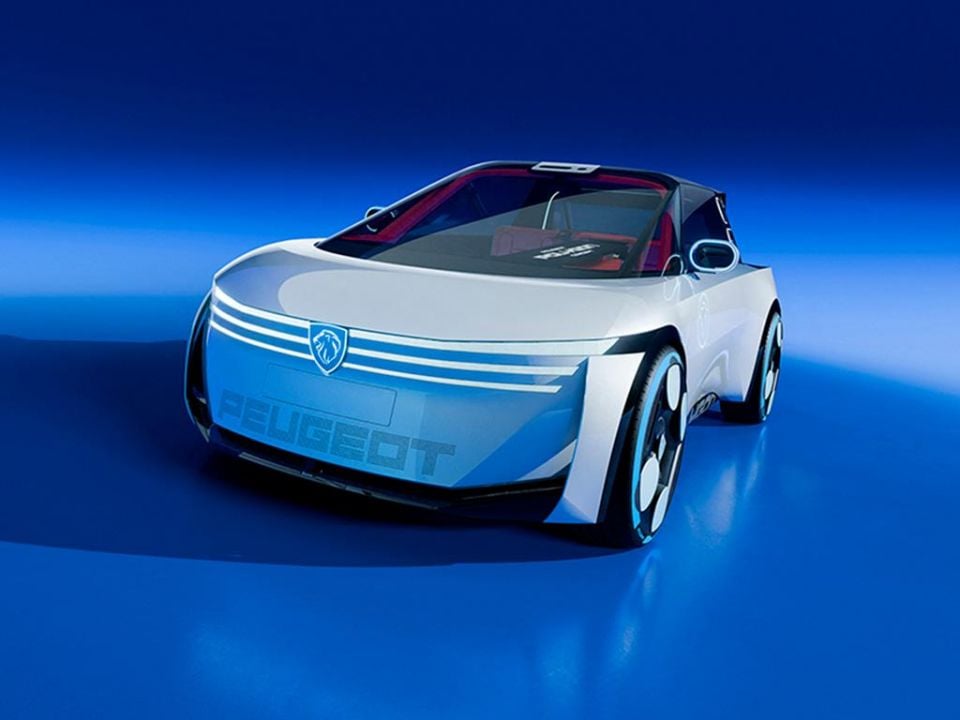French car brand Peugeot has channeled one of its most famous hot hatches for its wild Polygon concept, an electric hatch which previews the radical styling and fresh tech set of the next-generation 208.
The slickly styled three-door Polygon – named for its “multiple personalities” – was unveiled as “the shape of future driving pleasure” and inspired by the 205 GTi sold here between 1987 and 1994.
The 205 GTi, the performance version of Peugeot’s light hatch, is regarded by many enthusiasts as the pinnacle of ten-tenths driver engagement, with a rally pedigree which sees it remains a collector’s item today.
In a statement, Peugeot said the electric concept is “not a dream” but a preview of “the Peugeots of tomorrow” – with the next-generation 208, a rival to the Volkswagen Polo and Skoda Fabia, due around 2027.
CarExpert can save you thousands on a new car. Clickhereto get a great deal.

Australia is yet to confirm its timings for the re-introduction of the 208 and its electric e-208 version, as it revises its local product strategy.
The current-generation, petrol-powered 208 was never launched here, but a small handful of electric e-208s have been delivered locally.
The e-208 GTI unveiled earlier this year – also not confirmed for Australia – also had nods to the legendary 205.
Cues from the 205 GTi start with each wheel being pushed as far as possible – with extremely short overhangs – and a thick C-pillar, hosting a charging port and charge indicator in place of the 205 GTi’s engine size and GTi badges.
The tail-lights also mimic the cubic originals on the 205, with a lower bumper diffuser and hatch-mounted rear wing in the style of the legendary Group B 205 GTi T16 Evo rally cars of the 1980s.
The white exterior and contrasting red cabin also follow the 1980s hot-hatch fashion – but now with ‘XXL butterfly’ doors to access a second generation ‘i-Cockpit’ layout with customisable themes.
It sees the front windscreen become the instrument panel, with a ‘Hypersquare’ steering wheel which has been developed from previous Peugeot concept cars.
For the Polygon, the four circles group key features, with its steer-by-wire tech enabling different steering ratios to bring both an engaging back-road drive yet fewer turns lock-to-lock when parking.
The system, the automaker has said, will be on a production Peugeot by 2027 – again, timing that would coincide with the next-generation 208, although this is yet to be officially confirmed.

The steering wheel can be replaced for other designs, with the seats made from single pieces of foam, which can also be swapped for new colours or differing shapes. Parts of the dash are also replaceable.
While it has recycled some design elements from the 1980s, Peugeot has also focused on recycled materials, including cabin paint and wheel covers.
Peugeot has performed strongly in 2025, despite difficulties from its parent company, Stellantis, with the 208 the third best-selling vehicle in Europe in the first half of 2025.
In Australia, it’s less rosy. To the end of October, Peugeot – under importer Inchcape – has delivered 1168 vehicles, a 31.2 per cent drop on the same period last year.


